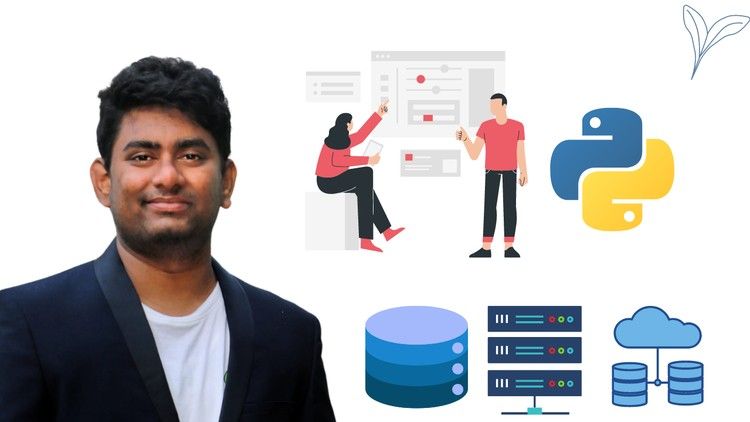
Data Analysis - Business Intelligence | Python | Pandas |SQL
Description
In business, being able to understand, harness, and use data is no longer a skill reserved for a handful of well-paid analysts. It's becoming an essential part of many roles.
If that sounds daunting, don't worry. There is a growing set of tools designed to make data analysis accessible to everyone, in this huge-value, four-course Data Analysts Toolbox bundle we look in detail at three of those tools: Excel, Python, and Power BI.
In isolation Excel, Python, and Power BI are useful and powerful. Learn all three and you are well on your way to gaining a much deeper understanding of how to perform complex data analysis.
This Data Analysts Toolbox bundle is aimed at intermediate Excel users who are new to Python and Power BI. All courses include practice exercises so you can put into practice exactly what you learn.
What Can SQL do?
- SQL can execute queries against a database
- SQL can retrieve data from a database
- SQL can insert records in a database
- SQL can update records in a database
- SQL can delete records from a database
- SQL can create new databases
- SQL can create new tables in a database
- SQL can create stored procedures in a database
- SQL can create views in a database
- SQL can set permissions on tables, procedures, and views
Power BI - What is Power BI and why you should be using it.
- To import CSV and Excel files into Power BI Desktop.
- How to use Merge Queries to fetch data from other queries.
- How to create relationships between the different tables of the data model.
- All about DAX including using the COUTROWS, CALCULATE, and SAMEPERIODLASTYEAR functions.
- All about using the card visual to create summary information.
- How to use other visuals such as clustered column charts, maps, and trend graphs.
- How to use Slicers to filter your reports.
- How to use themes to format your reports quickly and consistently.
- How to edit the interactions between your visualizations and filter at visualization, page, and report level.




